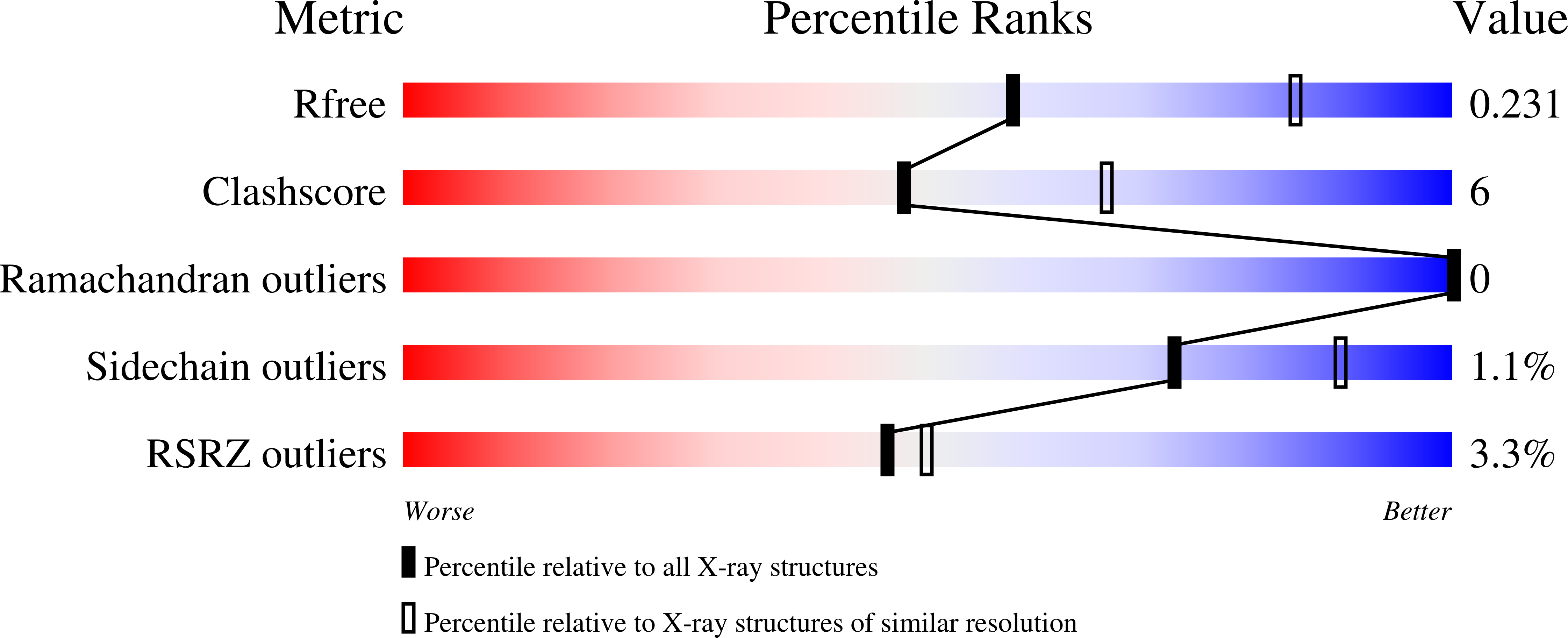
Deposition Date
2023-03-27
Release Date
2024-01-24
Last Version Date
2024-03-27
Entry Detail
PDB ID:
8OK9
Keywords:
Title:
Heterodimeric complex of Archaeoglobus fulgidus Argonaute protein Af1318 (AfAgo) with DNA and AfAgo-N protein containing N-L1-L2 domains
Biological Source:
Source Organism:
Archaeoglobus fulgidus DSM 4304 (Taxon ID: 224325)
Escherichia coli (Taxon ID: 562)
Escherichia coli (Taxon ID: 562)
Host Organism:
Method Details:
Experimental Method:
Resolution:
2.50 Å
R-Value Free:
0.22
R-Value Work:
0.19
R-Value Observed:
0.20
Space Group:
P 21 21 21


